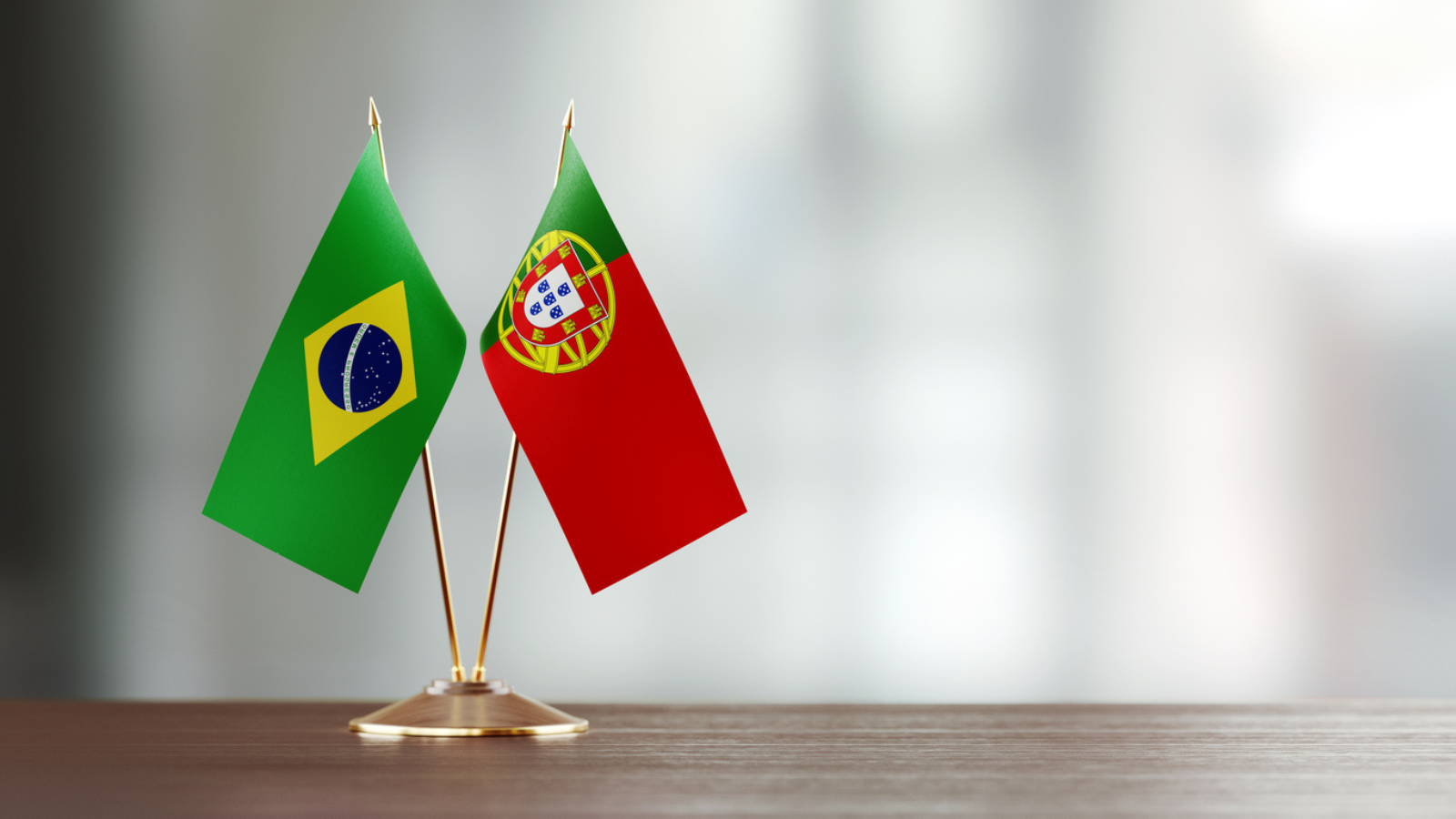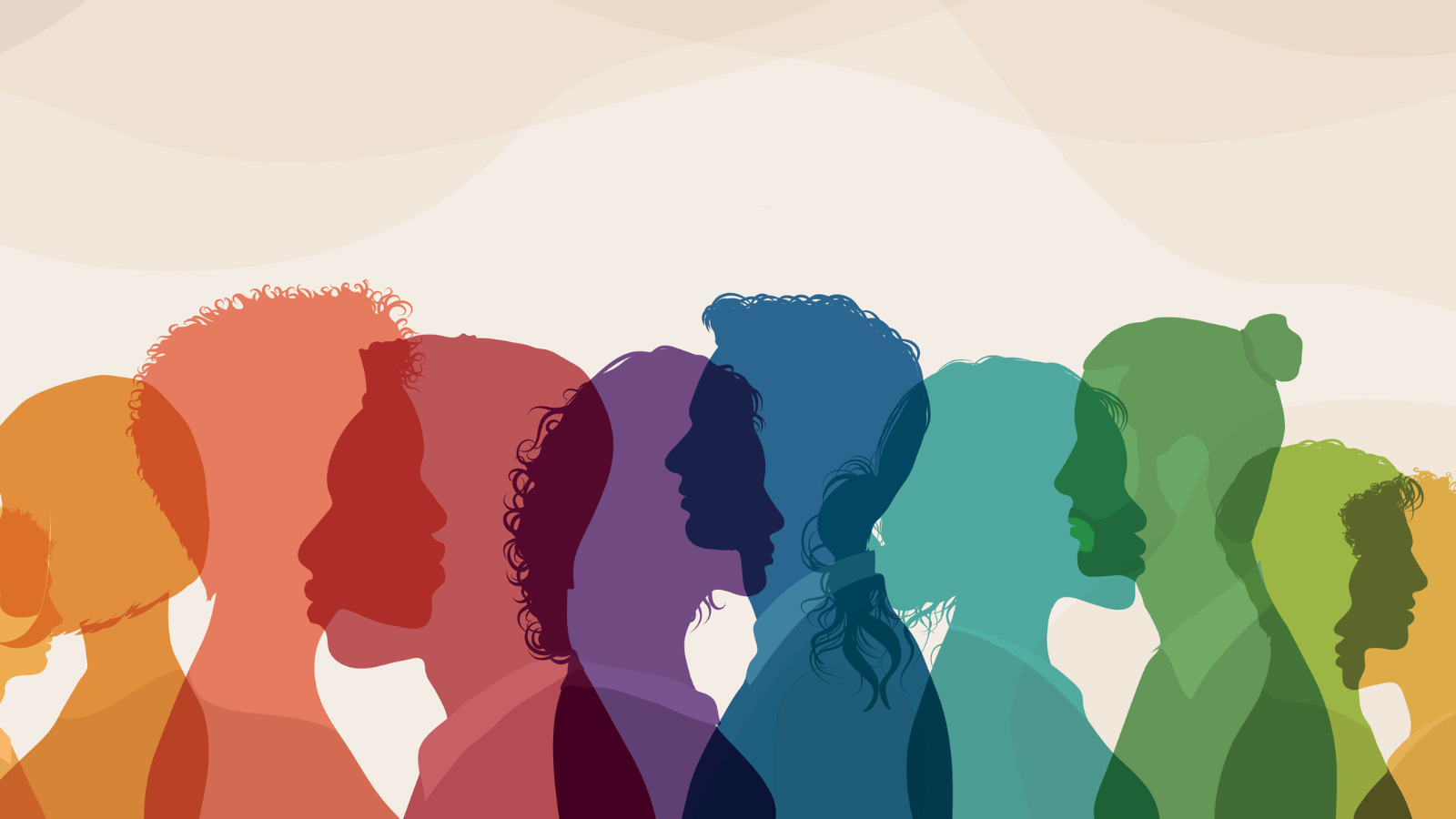In recent years, the importance of inclusive language has gained more traction, and many have recognized the need to keep language inclusive across translation/localization initiatives. However, some languages present unique challenges regarding gender-neutral and inclusive language. In our March webinar, “Keeping Your Slavic Language Content Inclusive,” experts in translation and interpreting were invited to discuss how to address these challenges in translation/localization for Slavic languages.
Meet our webinar guests:
 Nick Nasev is an accredited translator of Southern Slavic languages into English, focusing on medicine, clinical research, pharmaceuticals, genealogy, and history. Originally from Australia, he is now based in London, where he also works as an editor and contributor to award-winning books and journals about southeast Europe. With his expertise in translation and deep knowledge of the region’s history and culture, Nick is well-equipped to bridge cultural and linguistic divides. Additionally, he is committed to promoting inclusive language and informing clients about its application in southern Slavic language, underscoring his commitment to creating a more equitable society. Nick Nasev is an accredited translator of Southern Slavic languages into English, focusing on medicine, clinical research, pharmaceuticals, genealogy, and history. Originally from Australia, he is now based in London, where he also works as an editor and contributor to award-winning books and journals about southeast Europe. With his expertise in translation and deep knowledge of the region’s history and culture, Nick is well-equipped to bridge cultural and linguistic divides. Additionally, he is committed to promoting inclusive language and informing clients about its application in southern Slavic language, underscoring his commitment to creating a more equitable society.
|
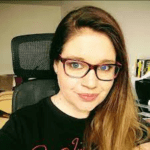 Sarah Presch is a multilingual individual with a psychology and digital marketing background, residing in the Czech Republic. She grew up speaking Czech and Polish and has experience translating Czech and Slovak languages into English. Sarah’s passion for inclusive language stems from her interest in psychology, particularly in areas such as neurodiversity, and her desire to make people from underrepresented groups feel more included. Her focus on digital marketing and language translation allows her to use her skills to promote inclusivity. Sarah Presch is a multilingual individual with a psychology and digital marketing background, residing in the Czech Republic. She grew up speaking Czech and Polish and has experience translating Czech and Slovak languages into English. Sarah’s passion for inclusive language stems from her interest in psychology, particularly in areas such as neurodiversity, and her desire to make people from underrepresented groups feel more included. Her focus on digital marketing and language translation allows her to use her skills to promote inclusivity.
|
 Yulia Skadchenko is a highly skilled conference interpreter and creative translator residing in Prague. She is fluent in Czech, English, and Russian and has extensive experience working with human rights organizations, corporate clients, and individuals who require inclusive and neutral language in their written or spoken communication. Yulia is passionate about promoting plain and inclusive language and believes that even complex and challenging Slavic languages like Czech and Russian can be inclusive and neutral with the right approach. She is committed to her mission of making every text she writes as inclusive as possible and is always seeking new creative ways to promote inclusivity in her work. Yulia Skadchenko is a highly skilled conference interpreter and creative translator residing in Prague. She is fluent in Czech, English, and Russian and has extensive experience working with human rights organizations, corporate clients, and individuals who require inclusive and neutral language in their written or spoken communication. Yulia is passionate about promoting plain and inclusive language and believes that even complex and challenging Slavic languages like Czech and Russian can be inclusive and neutral with the right approach. She is committed to her mission of making every text she writes as inclusive as possible and is always seeking new creative ways to promote inclusivity in her work.
|
Unique characteristics of Slavic languages
Slavic languages are a group of Indo-European languages spoken by more than 300 million people, primarily in Central, Eastern, and Southeastern Europe, as well as Northern and Central Asia. They are divided into three subgroups: East Slavic (e.g., Russian, Ukrainian, Belarusian), West Slavic (e.g., Polish, Czech, Slovak), and South Slavic (e.g., Serbian, Croatian, Bulgarian, Slovenian, Macedonian, Bosnian, Montenegrin).
The first point of discussion for our webinar guests was the unique characteristics of Slavic languages that bring challenges to inclusive content production. Yulia highlighted that Slavic languages have three genders and multiple cases, noting that Czech is heavily gendered in all aspects. This means that words, including verbs, adjectives, nouns, and even numbers, change and transform based on gender – whether plural or singular – and the case. She also mentioned the vocative case, a Czech specialty, which changes the name when addressing someone. This presents a problem in localization and gender neutrality, which can be somewhat addressed by using “I” or not using a name to address people.
Nick added that southern Slavic languages face the same issues, and most of these languages have the vocative case, which is the only case declension that has survived in Bulgarian and Macedonia. Bosnian, Croatian, Serbian, and Montenegrin (BCSM) have cases, and Slovenian has cases and a dual number. Gender permeates all aspects of the language. The challenge becomes even more significant when trying to be gender-neutral because it is not just the pronouns that one must worry about but also the adjectives, words, and terms. The gender of words has implications as to what they mean, such as job titles.
Sarah noted the problem of generic masculine, which is used not just for groups of men but also for gender-mixed groups. Gender is so ingrained that even simple phrases like “putting something down” become complicated in Czech, as it requires specifying the gender of the object being put down.
The opportunities and pitfalls of creating inclusive content
The next part of the discussion turned to how language specialists can work around these Slavic challenges of gendered language.
Yulia suggested that using the plural form of words is the quickest and simplest way to avoid gendered language when speaking in the first person. In Czech, the plural form is automatically male-gendered, even for mixed groups. So, as Yulia noted, avoiding gendered language completely might require more time and creativity to develop alternative phrasing. Yulia referred to a presentation created by Prague Pride, which outlines ten ways to avoid gender, including alternating feminine and masculine and using the neutral form. However, she also noted that using the neutral form could be dehumanizing for non-binary people in Czech because it is primarily used for things rather than people.
Sarah addressed how using slashes or stars can indicate male and female versions of a word or phrase, particularly when writing in Czech. For example, a job description might list “male doctor” and “female doctor” with a star or slash (lékař/-ka) to indicate that both genders are included. She noted that verbs in Czech have different forms for male and female, so using both forms with a dash or other symbol can indicate inclusivity.
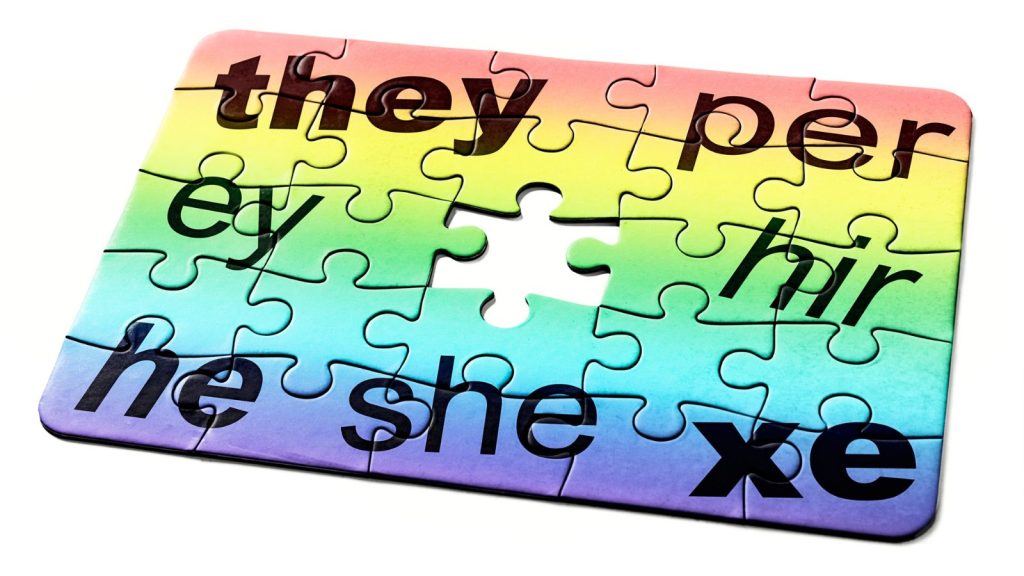
As Nick noted, using the plural form is often the best option to avoid gendered language in Southern Slavic languages. However, plurals in many Southern Slavic languages are also gendered, so using the mixed plural (the same as the male plural) can still be problematic. To this, Nick recommended using non-gendered job titles and gender-neutral language whenever possible. Additionally, some languages, such as Hungarian and Turkish, have a neutral pronoun, which can be used instead of masculine or feminine pronouns.
Ultimately, the goal is to create language that is inclusive and respectful to all individuals, regardless of their gender identity.
Beyond intent – attending to impact with sensitivity
Sarah mentioned that inclusive language is not just about avoiding gendered language but also about being mindful of language that could be hurtful or offensive to specific groups of people. She drew ties between these efforts in Slavic language translation to efforts to use appropriate terms within and regarding the disabled community. She emphasized that the concept of “nothing about us without us” applies here as well. Inclusive language efforts should thus include members of the target community. Involving people with the lived experience is important so that the translations are authentic, not patronizing, and thus help reduce stigma and promote acceptance and understanding of efforts in inclusive content translation.
Adding to this, Nick noted that there is a misconception in Western countries that Central and Eastern Europe are backward and not open to gender inclusivity and minority rights. He points out that these issues have had a long process and legacy, especially during the communist era, when policies were made to include women and ethnic minorities. However, people in the region have “had a lot to deal with in the past 30 years,” and the frustration of older generations sometimes comes out in a backlash against new concepts. For example, some resistance stems from the perception that the EU and Western states are “imposing” their beliefs. He thus suggests treading carefully around these issues and being creative in using gender-neutral and inclusive language.
Yulia and Sarah agreed, arguing that growing up with gendered language shapes one’s perception of the world and that heavily gendered languages make it harder for older generations to accept non-binary or gender-inclusive concepts. That is, people are accustomed to assigning specific characteristics and genders to objects and concepts based on their language. (A “male” stone versus a “female” flower, for example.) Additionally, as Sarah noted, developmental psychology suggests that these mental schemas are difficult to change once established, which presents a challenge when trying to introduce ideas and concepts to those who are not used to them.
Getting clients on board
As Nick noted regarding his work with pharmaceutical and research companies, recommendations for achieving inclusive content must be tailored to the circumstances. For Yulia’s conference interpreting work, directly asking clients how they would like to be addressed is important to the work. For Nick, the ask is unnecessary, because the approach is to apply gender-inclusive language directly. The traditional way of translating language for clinical research restricts what translators can actually use, so he tries to use plurals and rearrange words to avoid being too specific about gender. The translation of the word “patient” into a language like Croatian can lead to a gender bias in recruitment, for example. He and Yulia also mentioned how some Slavic languages have gender-neutral words like “person” that are widely accepted regardless of gender.

In conclusion, the webinar panel discussion on keeping content inclusive for Slavic languages provided valuable insights into these languages’ unique challenges for creating inclusive content. The panelists highlighted the importance of being mindful of language that could be hurtful or offensive to specific groups of people and suggested various strategies for creating gender-neutral language. They also emphasized the role of technology and diverse teams in creating inclusive content. The discussion provided a starting point for further exploration of these issues and underscored the importance of promoting inclusion and diversity in all aspects of language use.
“Keeping Your Slavic Language Content Inclusive” is the second of our series of webinars on D&I content strategy. We welcome your engagement and your feedback! Write to us at insights@argosmutlingual.com
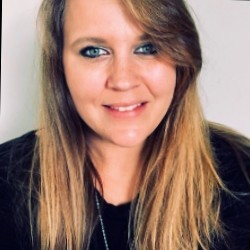 Brittany Gouze
6 min. read
Brittany Gouze
6 min. read
When businesses need to deliver content to their audiences around the globe and are concerned with maintaining the meaning and tone of their messages, they seek the help of localization professionals to get the job done. Localization, whether it be software, website, legal, life sciences, or eLearning content, can get complex. After all, you’ve got […]

 Argos Multilingual
7 min. read
Argos Multilingual
7 min. read
A few years ago, something big happened to the Portuguese language. Although it’s a global language, spoken in 9 countries on four continents, Portuguese is now officially standardized. Sort of. How do you standardize a global language? And as a translator, how do you balance a standardized language with the diverse cultural contexts it’s spoken […]
